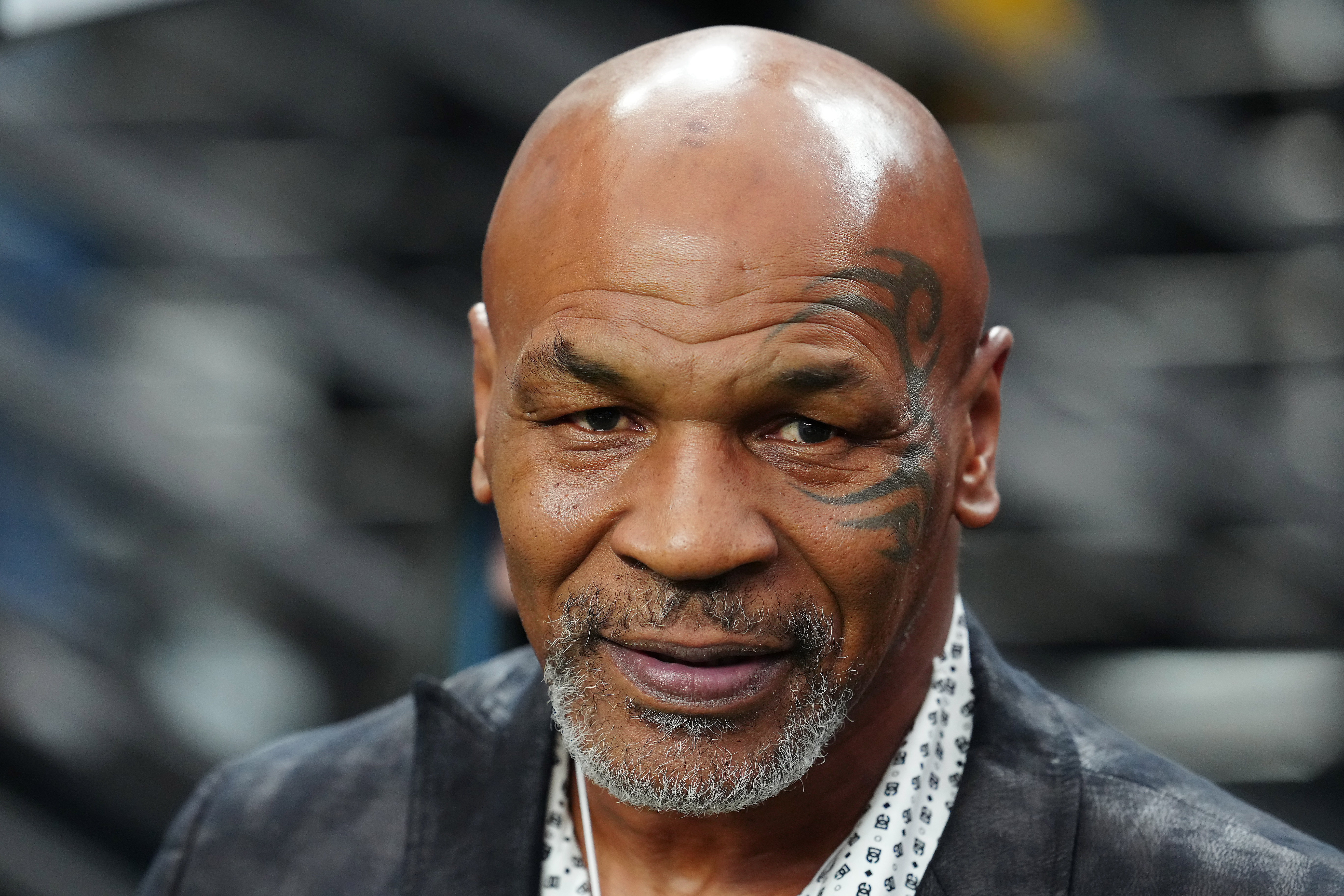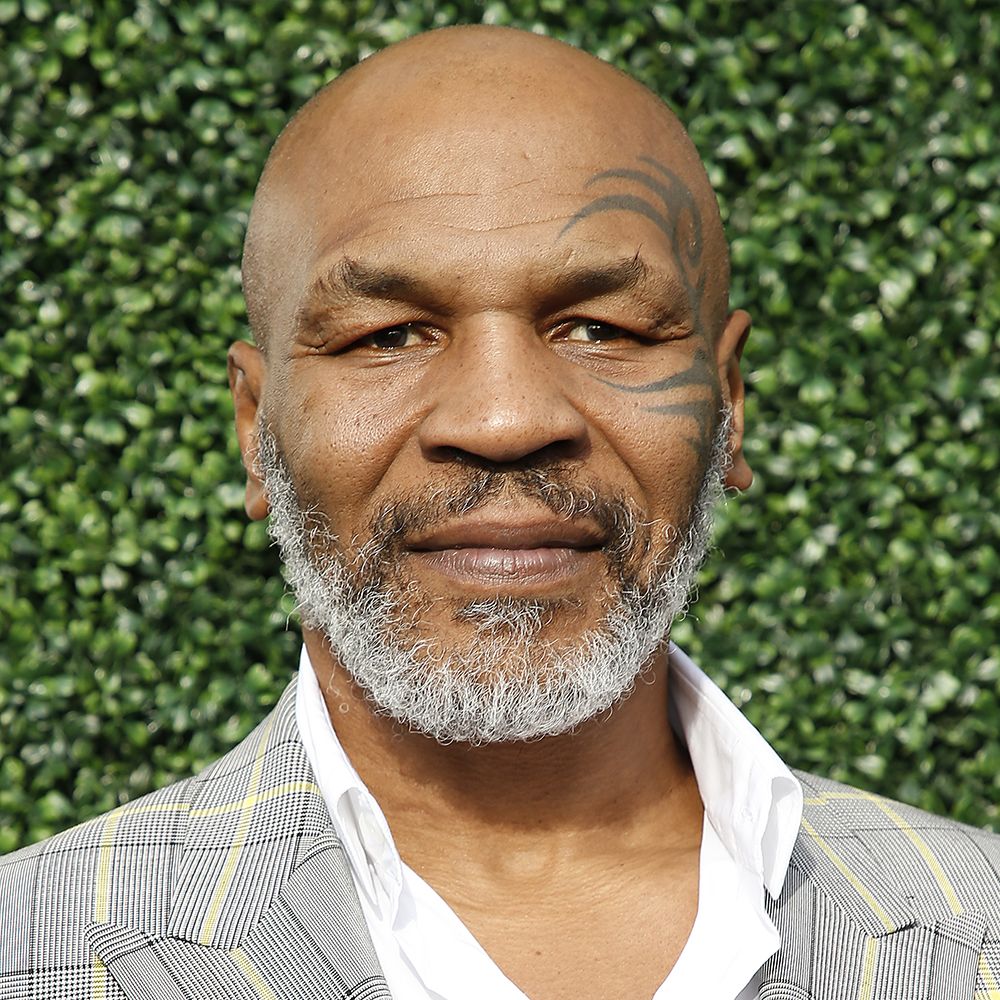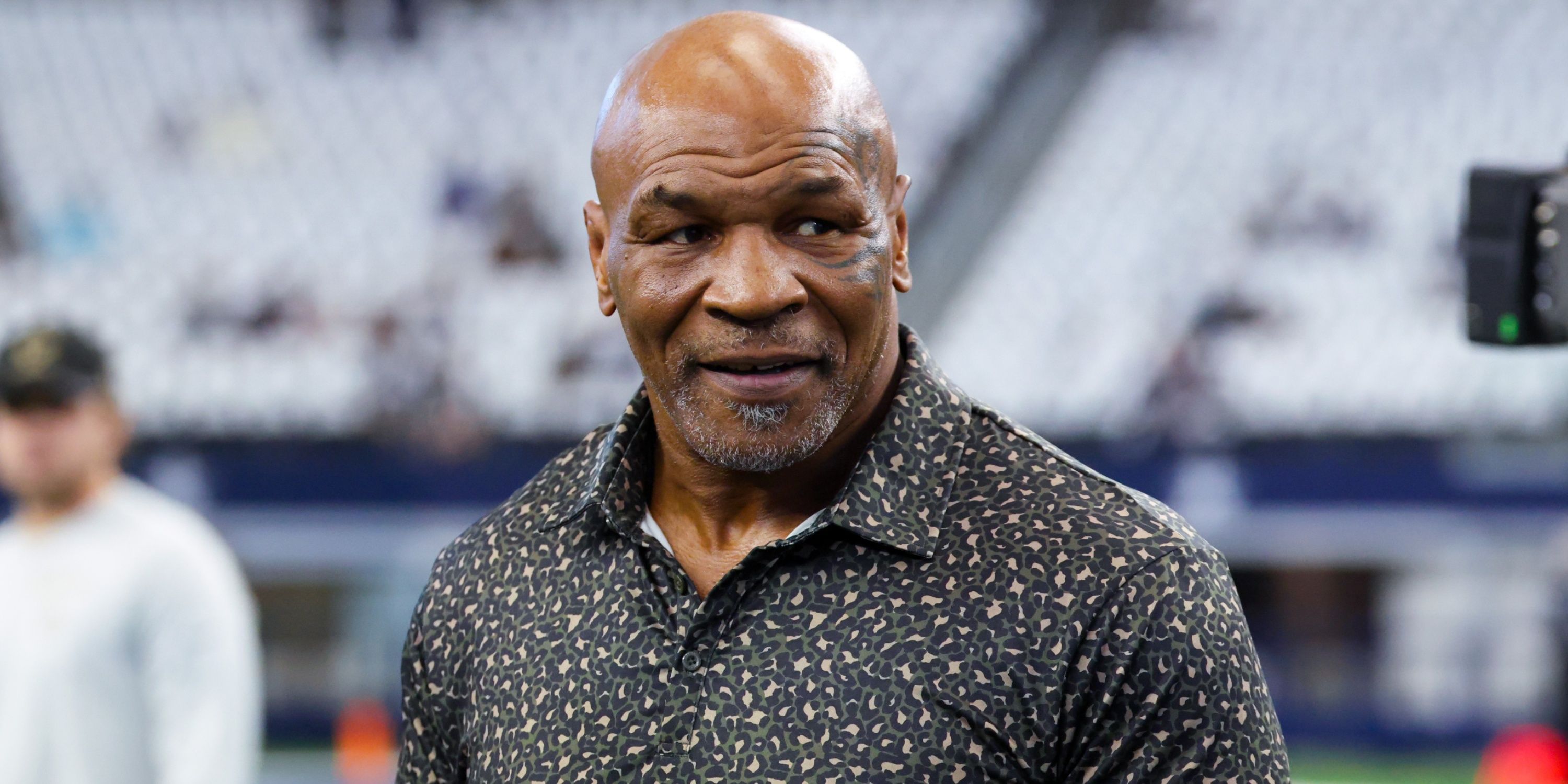Mike Shinoda Linkin Park Biography: A Look At His Creative Path
Detail Author:
- Name : Clovis Dooley
- Username : juana51
- Email : schinner.bernice@yahoo.com
- Birthdate : 1996-11-28
- Address : 62327 Christiana Village North Wernerhaven, VT 58516-9284
- Phone : +1 (347) 308-4041
- Company : Beahan LLC
- Job : Administrative Services Manager
- Bio : Laudantium non nam et. Qui consequatur officia fugiat officiis repellendus. Quas nam cum porro repudiandae. Excepturi id est at illum iste.
Socials
instagram:
- url : https://instagram.com/tod_gleichner
- username : tod_gleichner
- bio : Praesentium exercitationem saepe sint soluta omnis. Ut sit ipsum quis repellat provident.
- followers : 3318
- following : 1652
twitter:
- url : https://twitter.com/tgleichner
- username : tgleichner
- bio : Aut error placeat omnis. Et nobis est nulla non. Et quae impedit explicabo accusantium eveniet et. Minima nemo ut qui optio ut ullam aspernatur.
- followers : 1253
- following : 2372
tiktok:
- url : https://tiktok.com/@gleichnert
- username : gleichnert
- bio : Dolores alias sit veniam consequatur. Earum provident nemo quis voluptas.
- followers : 547
- following : 724
linkedin:
- url : https://linkedin.com/in/gleichnert
- username : gleichnert
- bio : Sint voluptatem soluta et quam ut nisi.
- followers : 1689
- following : 1836
Mike Shinoda's presence in Linkin Park truly shaped the sound of a generation, a sound that, you know, blended rock, hip-hop, and electronic elements in ways few bands had done before. His contributions went far beyond just writing lyrics or playing instruments; he was a driving force, a creative mind behind so much of what made Linkin Park special. Fans often wonder about the person behind the music, the journey that led him to such a prominent spot in music history, and what makes his artistic vision tick.
This deep look into mike shinoda linkin park biography aims to pull back the curtain a bit on his life, his work, and the lasting mark he's made. We'll explore his early days, the creation of a band that touched millions, and his own ventures beyond Linkin Park. It's a story of artistry, resilience, and a constant push to create something new, something that, quite honestly, resonates with so many listeners even today.
So, we'll cover his role in shaping the band's identity, his personal projects like Fort Minor, and his solo efforts, too. Understanding his path gives us a fuller picture of Linkin Park's evolution and the influences that made their music so impactful. It's a story, actually, that continues to unfold, showing a musician who keeps exploring new sounds and ideas.
Table of Contents
- Early Life and Musical Beginnings
- Personal Details and Bio Data
- The Rise of Linkin Park
- Mike Shinoda's Role in the Band's Sound
- Fort Minor and Solo Endeavors
- Artistic Expressions Beyond Music
- Legacy and Ongoing Influence
- Frequently Asked Questions
- A Continuing Artistic Journey
Early Life and Musical Beginnings
Michael Kenji Shinoda came into the world on February 11, 1977, in Agoura Hills, California. His upbringing was a mix of Japanese-American heritage, which, in some respects, gave him a distinct viewpoint early on. From a young age, he showed a real knack for creative things. He started playing piano when he was just a little kid, around six years old, and later picked up the guitar and learned to rap. This early exposure to different forms of expression laid a solid foundation for his future in music, you know, blending various styles.
He went to Agoura High School, where he met Brad Delson and Rob Bourdon, who would later become his bandmates. These friendships were pretty important, actually, for what was to come. Mike's interest wasn't just in making noise; he was also very much into visual art. After high school, he went to the Art Center College of Design in Pasadena to study illustration. This background in visual arts is, arguably, a big part of why Linkin Park's album art and overall visual identity always felt so strong and connected to their music.
His time in college wasn't just about art classes, though. He kept making music, experimenting with sounds, and just generally pushing his creative boundaries. It was during this period that the seeds for Linkin Park really began to sprout. He was, in a way, building a diverse skill set that would serve him incredibly well in the years ahead, allowing him to contribute so much more than just lyrics or beats to the band's work. This combination of musical talent and visual artistry made him a truly unique force.
Personal Details and Bio Data
| Full Name | Michael Kenji Shinoda |
| Date of Birth | February 11, 1977 |
| Place of Birth | Agoura Hills, California, USA |
| Nationality | American |
| Occupations | Musician, Songwriter, Record Producer, Artist, Composer |
| Instruments | Vocals, Keyboards, Guitar, Bass, Sampler |
| Genres | Alternative Rock, Nu Metal, Electronic Rock, Hip Hop, Alternative Hip Hop |
| Associated Acts | Linkin Park, Fort Minor, Dead By Sunrise |
| Education | Art Center College of Design (Illustration) |
| Spouse | Anna Shinoda |
| Children | 2 |
The Rise of Linkin Park
The story of Linkin Park really starts with Mike Shinoda, Brad Delson, and Rob Bourdon forming a band called Xero in 1996. They tried out a few different singers, but it wasn't until Chester Bennington joined in 1999 that the pieces, you know, truly fell into place. Chester's powerful singing voice, combined with Mike's rapping and production skills, created a dynamic that was pretty much unheard of at the time. This blend of raw emotion and intricate musical layers set them apart, honestly, from other groups.
They signed with Warner Bros. Records and changed their name to Linkin Park. Their first album, "Hybrid Theory," released in 2000, was an absolute phenomenon. It sold millions of copies and introduced their unique sound to the entire world. Mike's influence was, in a way, everywhere on that record, from the detailed production to the sharp lyrics and the way his rap verses played off Chester's melodies. It was a fresh sound that captured the feelings of a lot of young people, giving voice to their frustrations and hopes.
The band kept growing, releasing "Meteora" in 2003, which continued their success and showed their willingness to experiment, too. Mike's role wasn't just about making music; he was deeply involved in the band's overall vision, from the album artwork to their live show presentation. He was, very much, a key architect of their sound and image, making sure everything felt cohesive and strong. This commitment to their artistic identity helped them build a loyal fan base that, as a matter of fact, stuck with them through many years.
Mike Shinoda's Role in the Band's Sound
Mike Shinoda was, quite simply, a central figure in crafting Linkin Park's signature sound. He handled the rapping, played keyboards, and was a primary songwriter and producer for the band. His ability to weave together hip-hop beats with rock guitars and electronic textures gave Linkin Park their distinctive edge. He would often start with a beat or a sample, then build the song around it, adding layers of instruments and vocals. This approach allowed for a very organic, yet precise, creation process.
Beyond the instruments, Mike was also responsible for much of the lyrical content, especially the rap verses, which often explored themes of struggle, identity, and inner turmoil. These words resonated deeply with listeners, providing a sense of shared experience. His lyrical style was, you know, direct and honest, often complementing Chester Bennington's more melodic and emotionally charged singing. This contrast was a big part of what made Linkin Park's songs so compelling, offering different perspectives within the same track.
As a producer, Mike's touch was evident in the polished yet raw feel of their albums. He had a keen ear for sound design, ensuring that every element, from a quiet synth pad to a roaring guitar riff, served the song's overall mood. He was, actually, instrumental in pushing the band to evolve their sound with each album, moving from the aggressive nu-metal of "Hybrid Theory" to the more experimental and electronic sounds of later works like "A Thousand Suns." This constant desire to explore new sonic territories kept their music fresh and, arguably, relevant for a long time.
His creative partnership with Chester Bennington was, in some respects, the heart of Linkin Park. They often bounced ideas off each other, with Mike providing the musical framework and Chester adding his unique vocal interpretations. This collaboration allowed for a truly dynamic songwriting process, where each member brought their strengths to the table. Mike's vision, combined with the talents of the whole band, helped Linkin Park become one of the most successful and influential groups of their time. You can learn more about Linkin Park's impact on our site, and also check out this page for more insights into their discography.
Fort Minor and Solo Endeavors
Even while Linkin Park was hugely successful, Mike Shinoda felt a pull to explore different musical avenues. This led him to create Fort Minor, a hip-hop side project that allowed him to dive deeper into his love for rap music. He released the album "The Rising Tied" under the Fort Minor name in 2005. This album featured collaborations with many notable hip-hop artists, showcasing Mike's skills as a rapper, producer, and beatmaker in a way that Linkin Park's sound didn't always fully capture. It was, quite simply, a chance for him to express a different side of his musical personality.
Fort Minor's most famous song, "Where'd You Go," became a big hit, demonstrating Mike's ability to craft compelling narratives and emotional tracks even outside the Linkin Park framework. This project was, in a way, a testament to his versatility and his continuous desire to create. After a long break, Fort Minor made a brief return in 2015 with the song "Welcome," showing that the project still held a special place for him and his fans. It was a nice surprise for many, actually, who had missed that particular sound.
Following the passing of Chester Bennington in 2017, Mike embarked on a solo career under his own name. His first solo album, "Post Traumatic," released in 2018, was a deeply personal and raw exploration of grief, loss, and healing. The album was, very much, a way for him to process his feelings and connect with fans who were also struggling. It offered a glimpse into his personal journey during a very difficult time, something that, you know, resonated with so many people who admired his honesty.
He has continued to release solo music, including the album "Dropped Frames" in 2020, which was created live on Twitch, showing his innovative approach to music making in the digital age. His solo work allows him to experiment freely, often blending electronic elements, hip-hop, and more introspective lyrics. It's a continuous evolution, really, that keeps his creative spirit alive and allows him to connect with his audience in new and meaningful ways. This ongoing output, as a matter of fact, keeps his artistic flame burning bright.
Artistic Expressions Beyond Music
Mike Shinoda's creative talents extend far beyond just music. His background in illustration from the Art Center College of Design has always been a significant part of his identity. He's been involved in designing album artwork for Linkin Park, creating visuals for their live shows, and even producing his own art pieces. His visual style often features a blend of street art influences, Japanese aesthetics, and a slightly gritty, urban feel, which, in some respects, mirrors the band's early sound.
He has held art exhibitions showcasing his paintings and other visual works, demonstrating that his artistic expression isn't confined to sound waves. These exhibitions often feature pieces that complement themes found in his music, offering a fuller picture of his creative mind. It's a way for him to explore ideas and feelings through a different medium, allowing fans to connect with his artistry on another level. He's also been involved in various design projects, further solidifying his reputation as a multi-talented creator.
Moreover, Mike has a strong presence in the digital space, particularly through platforms like Twitch, where he streams live music creation sessions, art projects, and just general conversations with his community. This direct interaction with fans gives them a unique look into his creative process and personality. It's a way for him to build a connection that feels, very much, authentic and personal. This engagement shows his willingness to adapt to new technologies and use them as tools for artistic sharing, something that, you know, many artists could learn from today.
His work as a producer for other artists also highlights his versatility. He's not just making his own music; he's helping others bring their visions to life, too. This broad range of creative activities, from music to visual art to digital content, paints a picture of an artist who is constantly seeking new ways to express himself and connect with the world. It's a testament to his enduring passion for creation, which, arguably, defines his entire career.
Legacy and Ongoing Influence
Mike Shinoda's impact, both with Linkin Park and through his solo work, is truly significant. Linkin Park's music touched millions, providing a soundtrack for a generation and influencing countless bands that came after them. Their blend of genres broke down barriers, showing that heavy music could also be melodic, emotional, and commercially successful. Mike's contributions were, very much, at the core of this groundbreaking sound, making him a true pioneer in modern rock and alternative music.
Beyond the music itself, Mike's dedication to his craft and his willingness to speak openly about personal struggles have made him a respected figure. His "Post Traumatic" album, for instance, offered a raw and honest portrayal of grief, helping many fans process their own feelings. This openness creates a deep connection with his audience, showing them that it's okay to be vulnerable and to seek healing. He has, in a way, become a voice for resilience and finding strength in difficult times.
Today, Mike continues to create, whether it's through new solo music, art, or his interactive online sessions. He remains an active and influential voice in the music world, constantly pushing boundaries and exploring new creative avenues. His legacy is not just about the hit songs or the platinum albums; it's about the genuine connection he builds with his listeners and his unwavering commitment to artistic expression. He is, quite simply, an artist who keeps evolving and inspiring, showing that creativity, you know, never really stops.
His ongoing work ensures that his influence will continue to be felt for many years to come. The lessons learned from his journey, from forming a groundbreaking band to navigating personal loss and finding new ways to create, offer valuable insights for anyone interested in art and resilience. He truly embodies the spirit of an artist who, as a matter of fact, never stops pushing forward, always seeking new sounds and ways to connect.
Frequently Asked Questions
What was Mike Shinoda's main role in Linkin Park?
Mike Shinoda was a primary songwriter, producer, rapper, and multi-instrumentalist for Linkin Park. He played keyboards, rhythm guitar, and contributed significantly to the band's overall sound and direction. He was, in a way, a key architect of their unique blend of rock, hip-hop, and electronic elements, writing many of the lyrics and shaping the production of their albums.
What is Fort Minor?
Fort Minor is Mike Shinoda's hip-hop side project, which he started to explore his love for rap music more deeply. He released one studio album, "The Rising Tied," under this name in 2005, which featured collaborations with various hip-hop artists. It allowed him to showcase his skills as a rapper and producer outside of Linkin Park's specific sound, offering a different creative outlet, you know, for his ideas.
Has Mike Shinoda released solo music after Linkin Park?
Yes, Mike Shinoda began a solo career under his own name following the passing of Chester Bennington. He released his debut solo album, "Post Traumatic," in 2018, which was a very personal exploration of his grief and healing. He has continued to release solo material, including "Dropped Frames" in 2020, showing his ongoing commitment to creating new music and experimenting with different sounds.
A Continuing Artistic Journey
Mike Shinoda's story is, truly, one of constant creation and adaptation. From his early days blending different musical styles to his role as a driving force in Linkin Park, and now his ventures into solo music and visual art, he consistently finds new ways to express himself. His journey shows a deep commitment to his craft and a willingness to explore, even when facing significant personal challenges. He remains, quite honestly, a source of inspiration for many, always pushing the boundaries of what's possible in music and art.


